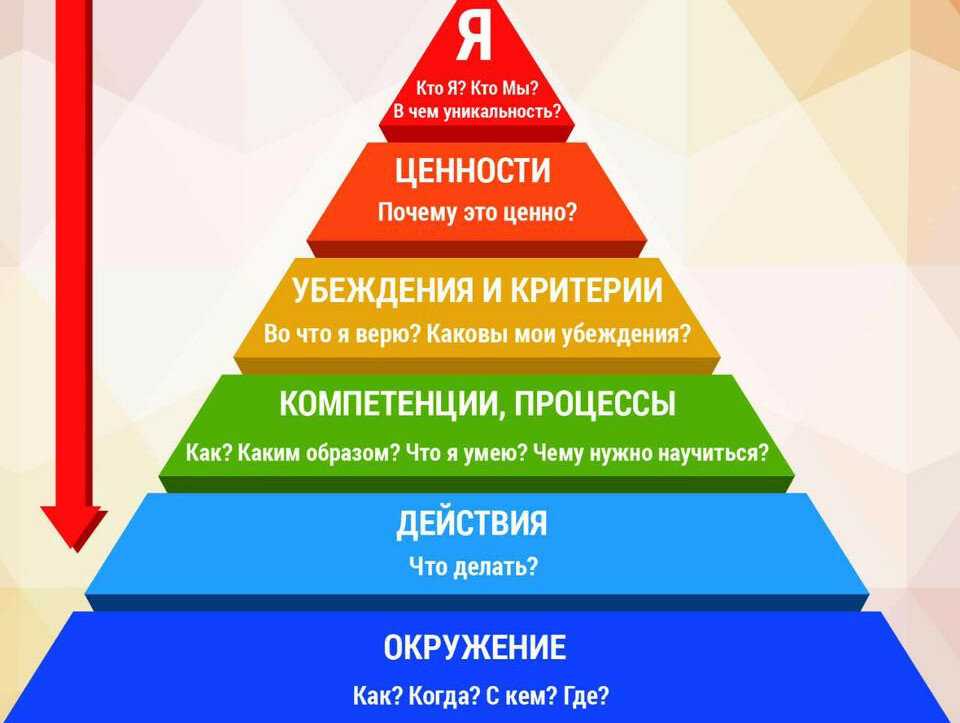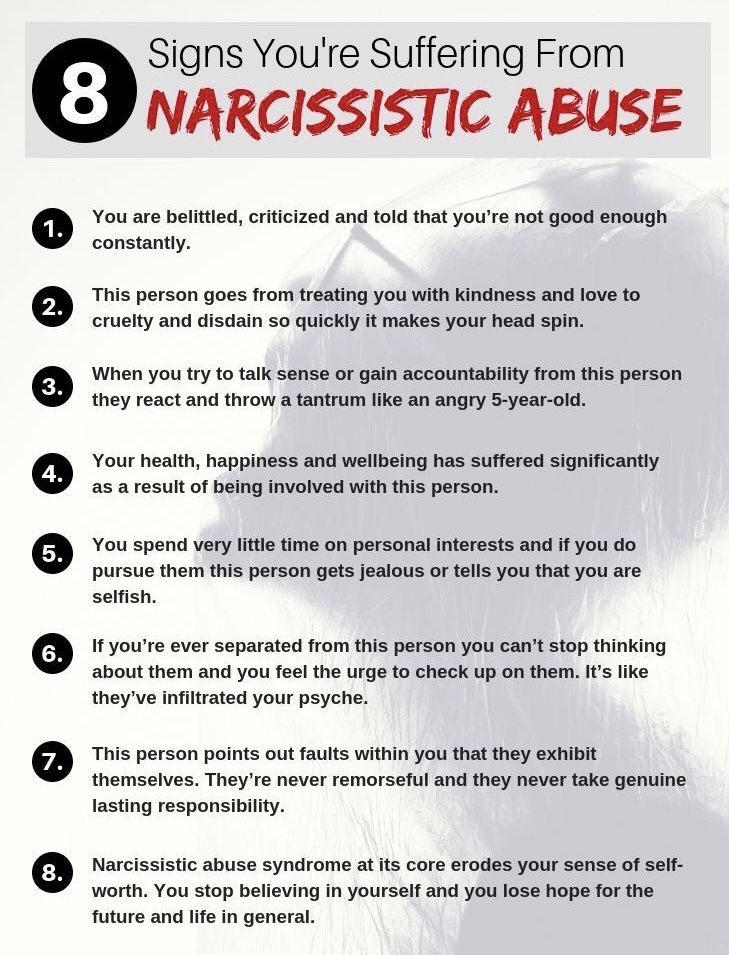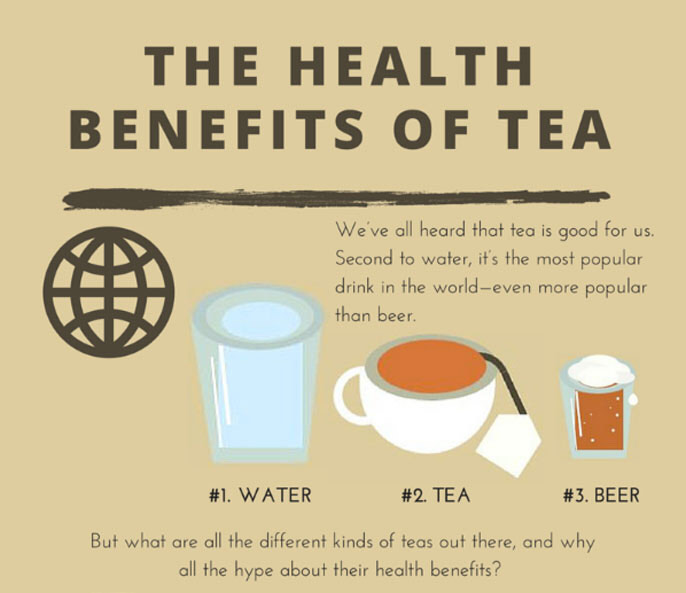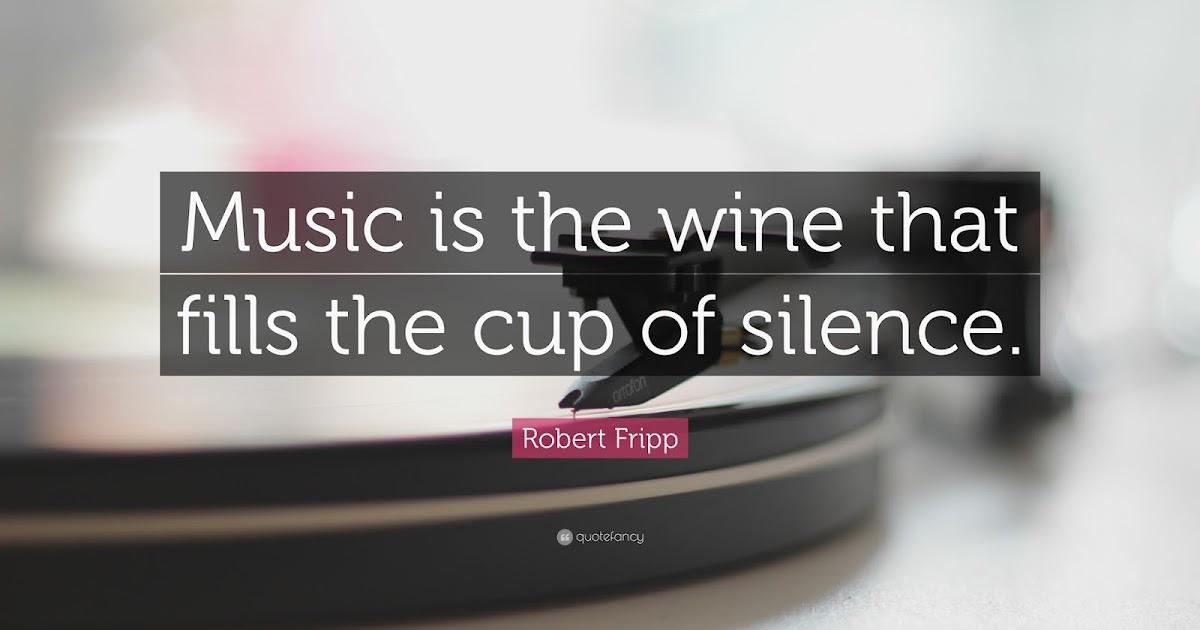Pyramid of self worth
How to Feel Self-Worth: “The Pyramid of Self-Worth” [& video]
26 Feb How to Feel Self-Worth: “The Pyramid of Self-Worth” [& video]
Posted at 18:59h in Self-Esteem by Dr. Christina Hibbert
Several years ago, in my psychology practice, I began to wonder, “How can I help my clients feel their true worth and value?” For years, women and men had come in with various problems for which they were seeking help—relationships, depression, anxiety, fears, addictions—but underlying each of these “issues” was a bigger one—low self-esteem, or what I call “a poor sense of self-worth.” They may have thought they were struggling with anxiety, but really there was a deep sense they could do nothing right; or they thought they were “a recovering perfectionist,” but really they were terrified they just weren’t good enough. Yes, self-esteem and self-worth are core issues for most of us, at one point or another.
(For more on self-esteem vs. self-worth, check out the following articles: Self-Esteem & Self-Worth: 10 Things Everyone Should Know; 5 Reasons Self-Esteem is a Myth; If Self-Esteem is a Myth, then what is the Truth: Understanding Self-Worth; Self-Esteem vs. Self-Worth: Q & A w/Dr. Christina Hibbert)
The Question of Self-Worth
But how do you help someone feel loveable if they don’t believe they are? I started by teaching the tools of cognitive-behavioral therapy, like how to use a thought record to change your thinking. This helped, to some degree. It targeted the thoughts and feelings that led to poor self-worth and created more realistic beliefs. It helped people think more positively about themselves. It helped them feel more confident–sometimes. Basically, it increased self-esteem.
However, I kept hearing, “I know you’re telling me I am important and of value. I can even tell it to myself, because I know, in my head, it should be true.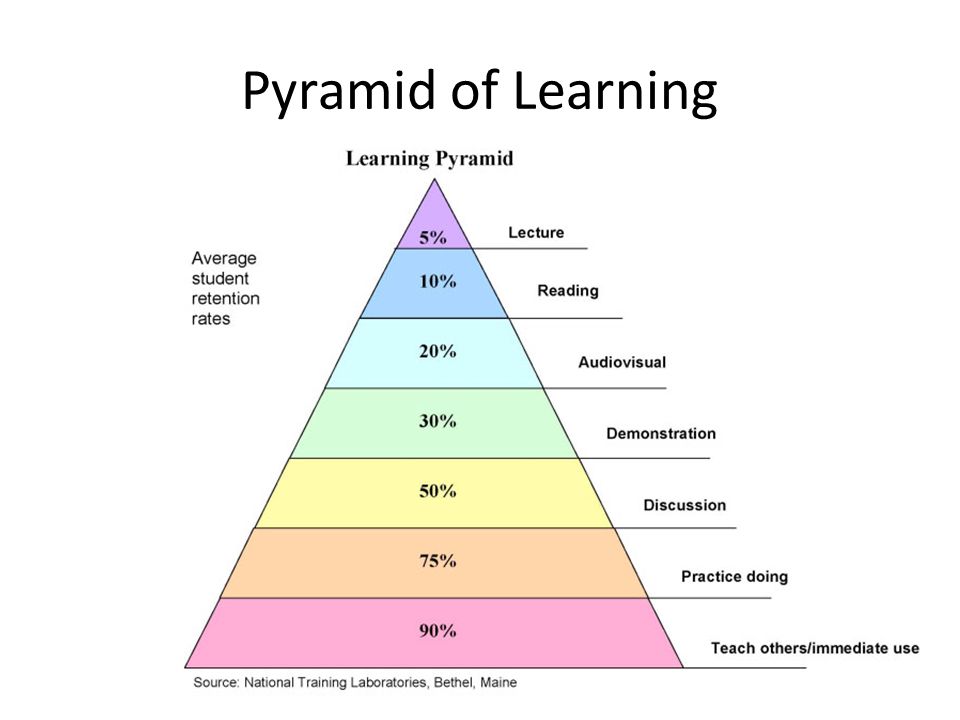 But I don’t feel it.” Something was obviously missing–the experience of self-worth–the ability to feel their true, innate, and infinite value.
But I don’t feel it.” Something was obviously missing–the experience of self-worth–the ability to feel their true, innate, and infinite value.
I wanted to know what I could do to help people feel self-worth–not just try to convince them to believe what I felt and saw of their worth. I wanted them to experience it for themselves. I began to read, study, and ponder about self-esteem and self-worth. I read book after book. Soon, I had created “The Pyramid of Self-Worth,” or my theory on how to teach people to experience and feel their true worth and value.
I even chose self-worth as the theme for the first year of my Personal Growth Group (which is a group of women who gather once a month to hear a lesson and work on personal growth together, and now is online, too). This allowed an entire year to work through my theory and test it with my friends, group members, and clients. Finally, I began to see real results.
The Pyramid of Self-Worth
Check out this 3-Minute Therapy video from my YouTube channel for a quick overview of “The Pyramid of Self-Worth.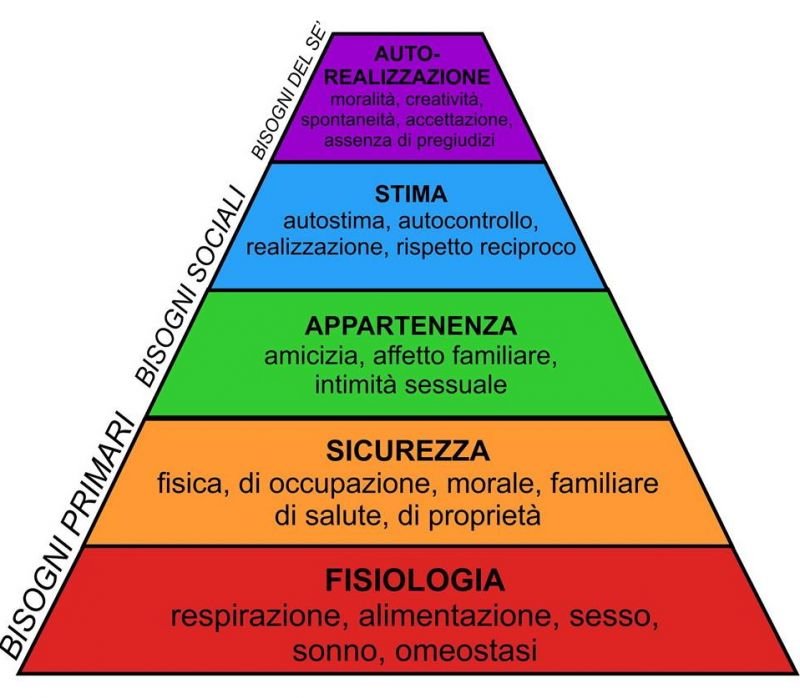 ”
”
[stream provider=youtube flv=http%3A//www.youtube.com/watch%3Fv%3D-yWrSkJyzYk img=x:/img.youtube.com/vi/-yWrSkJyzYk/0.jpg embed=false share=false width=640 height=360 dock=true controlbar=over bandwidth=high autostart=false responsive=16:9 /]
The basic premise of The Pyramid of Self-Worth is this: Instead of creating our sense of self by what we think, or how we look, or what we do—self-esteem—we must build our sense of self-worth by going deep inside, into our soul. As we do this, we stop basing our worth on a “persona,” false false self, or ego. Rather, we build our sense of self-worth from the inside–by getting to know who we already are, who we desire to be, and who we have the potential to become.
This process begins with self-awareness, to see all of who we are; then, self-acceptacne, to accept what we see, and finally, self-love, or learning to truly cherish and appreciate who we are and who we have the potential to become. These three practices, I have discovered, can eventually lead to a full, rich sense of self-worth. We will be discussing each of these in greater detail in upcoming posts, but for now, allow me to just give you a brief introduction.
These three practices, I have discovered, can eventually lead to a full, rich sense of self-worth. We will be discussing each of these in greater detail in upcoming posts, but for now, allow me to just give you a brief introduction.
The 3 Components of “The Pyramid of Self-Worth”
Self-Awareness
Before you can accept who you are, you have to see yourself. Self-awareness involves being willing to see your strengths and weaknesses, your traits and states, your relationships and values and everything that is part of who you really are. It also includes getting in touch with your spirit and listening to what it whispers about your divine worth.
Self-Acceptance
After you see the parts of who you are, it’s time to accept them. Some struggle to accept strengths, while others fail to embrace weakness. Some hear the whispers of who they really are but fail to believe what they hear. Self-acceptance is a crucial element in feeling your true worth, and for many people, is the hardest part.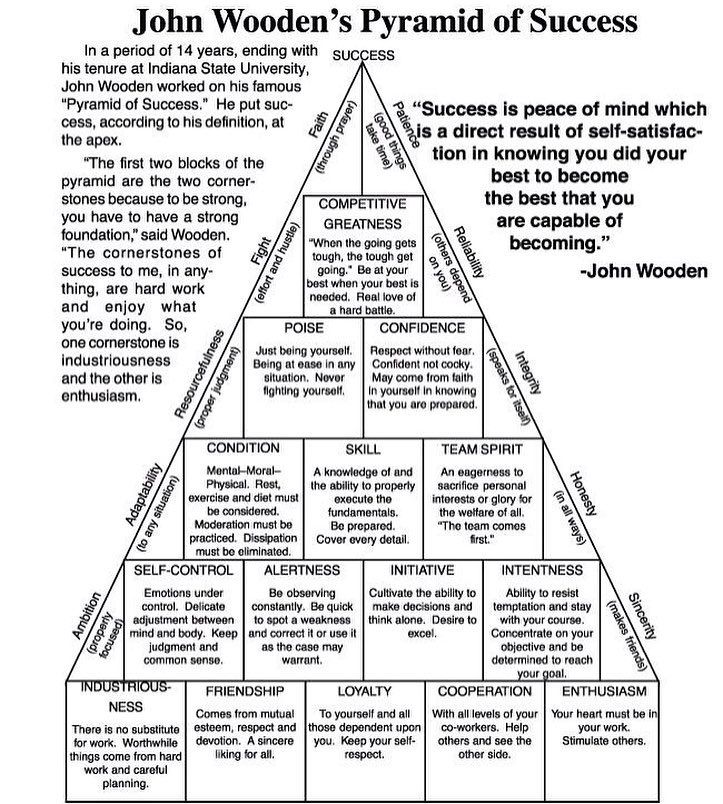
Self-Love
Beyond simply accepting yourself, you must learn to love yourself. You must learn to embrace your strengths and weaknesses, treat yourself well, and take care of your needs. Self-love involves practicing self-care, self-compassion, and self-kindness. It also involves letting yourself give and receive love to/from others. It is the final layer that unlocks the full experience of self-worth.
How to Feel Self-Worth
As we work through the layers of “The Pyramid of Self-Worth,” we get out of the competitive, comparative, outward space of “self-esteem” and into the loving, accepting, inward space of self-worth. We begin to feel our potential. We begin to experience the love that fills our soul. We begin to understand we are so much more than we ever dreamed, and we begin to see our possibilities are endless. That is feeling self-worth.
~This is the first in a series of posts on “How to Feel Self-Worth.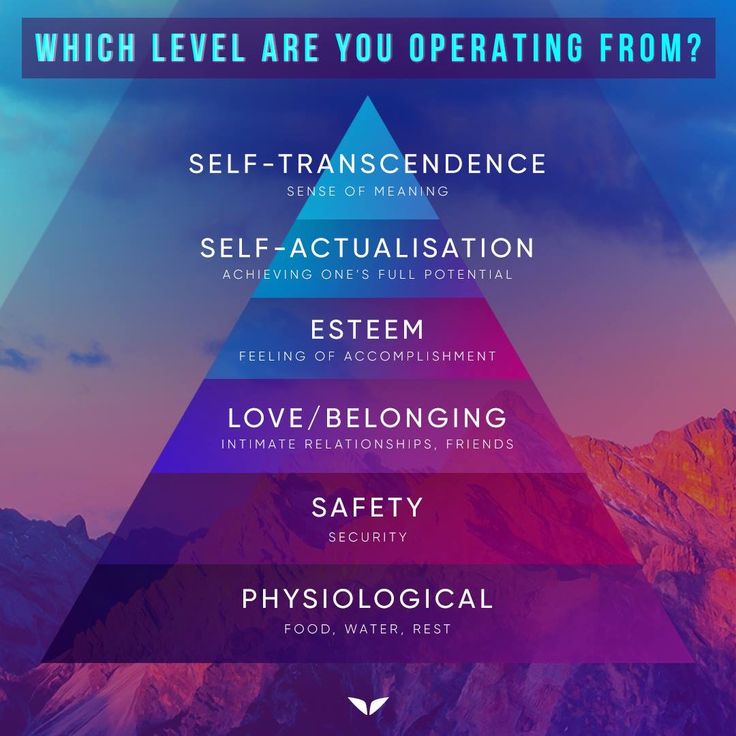 ” This post is based on an excerpt of Dr. Hibberts forthcoming book on Self-Esteem After a Breakup, with New Harbinger Publications. (Coming March 2015!)
” This post is based on an excerpt of Dr. Hibberts forthcoming book on Self-Esteem After a Breakup, with New Harbinger Publications. (Coming March 2015!)
Be sure to read parts 2-5 as this series continues!
(Part 2) “The Pyramid of Self-Worth”: Step 1, Self-Awareness
Self-Worth Building Tool:
Each of the posts in this “How to feel self-worth” series includes some “tools,” or exercises to help you build your sense of self-worth. Give it a try and see what you discover about your sense of self-worth. Then, leave a comment, below, and let us know how it’s going!
1) Can you ever relate to this statement?: “I know you’re telling me I am important and of value, and I can even tell it to myself because I know, in my head, it should be true. But I don’t feel it.”
- If so, write out the ways in which you can relate. Vent out all that you feel. Examine what you have written.
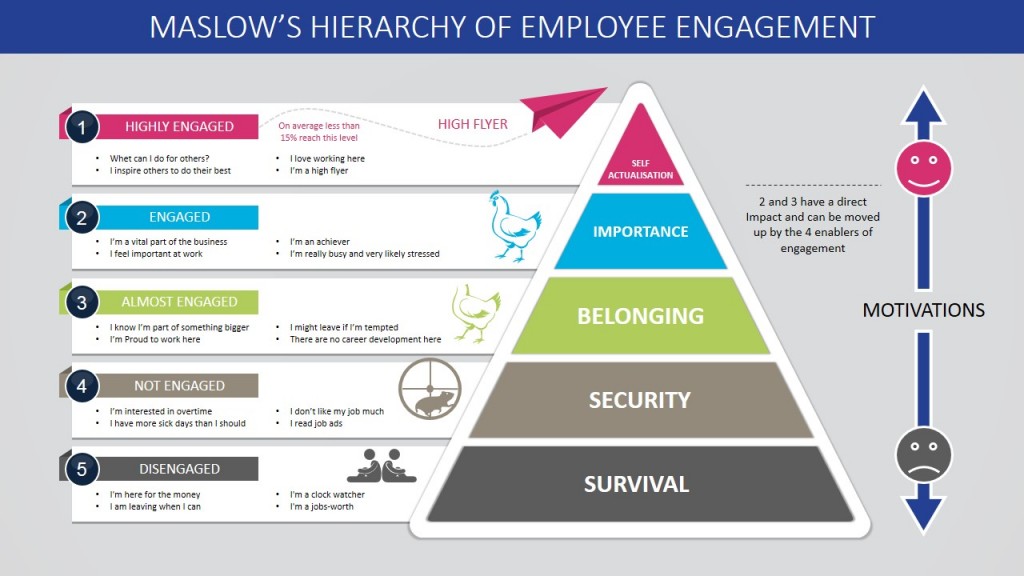
- If not, why not? Write it down. Examine what you have written.
2) What do you think/feel about the ideas presented in this post? Do you agree/disagree? Why? Do you have questions? Write these down, then leave a comment, below, and join the discussion.
Be sure to check out Dr. Hibbert’s Amazon Bestseller, This is How We Grow–
available now on Amazon.com!
Join my This is How We Grow Personal Growth Group!
FREE. Online. Growth. What more could you ask for?
Don’t miss a thing!
SUBSCRIBE, just below, “like” my Facebook pages (Dr. Christina Hibbert; This Is How We Grow) and follow me on Twitter,Pinterest, & Instagram!
You may manage your subscription options from your profile
Related Posts/Articles
Self-Esteem & Self-Worth: 10 Things Everyone Should Know
5 Reasons Self-Esteem is a Myth
If Self-Esteem is a Myth, then What is the Truth?: Understanding Self-Worth
Self-Esteem vs. Self-Worth: Q & A with Dr. Christina Hibbert (plus video)
Self-Worth: Q & A with Dr. Christina Hibbert (plus video)
Discovering Self-Worth: Why is it so hard to love ourselves?
Learning Self-Love: 5 Tricks for Treating Yourself More Kindly
10 Ways to Let Love In
Personal Growth & Self-Actualization
“This is How We Grow” Personal Growth Group: Join Today!
How to Embrace Strengths & Weaknesses
The Value of Authenticity: 5 Ways to “Get Real”
10 Ways I Choose to Grow Each Day
5 Skills of Overcoming…Depression, Grief, PPD, Stress, Hormones, etc.
Women’s Mental Health: 5 Things Everyone Should Know
Parents Are Amazing
Thought Management, part 1: The Link Between Thoughts, Feelings, Body, & Behavior
Learning Optimism
Beyond Happiness: 10 Ways to Increase Joy
10 Major Mistakes I’ve Made This Month, & Why It’s OK
How to Make Lasting Change: 5 Lessons from the Transtheoretical Model of Change that will Change your Life!
“Let’s Get Real”: 10 Confessions from The Psychologist, The Mom, & Me
Create the Life You Desire! Part 1: What’s Keeping You Stuck, & How to Get Unstuck
Why I Feel Like a Loser Mom, & How I Know I’m Really Not
Parenting Teens: Am I Doing a Good Enough Job?
Living a Life of Purpose & Meaning: The Key to True Happiness
Mommy Fails & Mother’s Day: 3 Messages Every Mom Needs to Hear
Women & Depression: Facts, Understanding, & Seeking Help
G.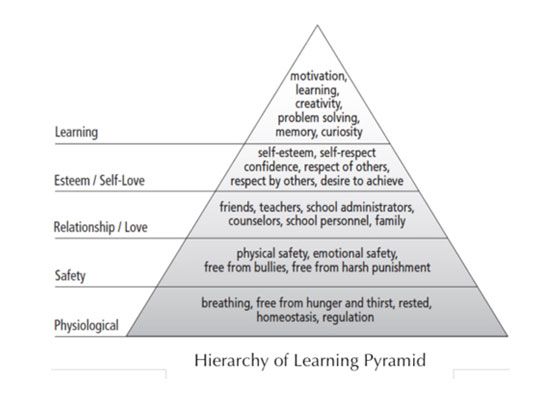 R.O.W.
R.O.W.
"The Pyramid of Self-Worth" Step 1--Practice Self-Awareness
05 Mar “The Pyramid of Self-Worth” Step 1–Practice Self-Awareness (& video)
Posted at 19:19h in Self-Esteem by Dr. Christina Hibbert
In my last post, we discussed how to feel self-worth, using what I call, “The Pyramid of Self-Worth.” Today, we get to start working through the steps of the pyramid, toward our ultimate goal of increasing our sense of self-worth.
Before we start, let me say, I realize this is just a blog, and we certainly won’t be able to cover every aspect of discovering self-worth for every person, but I believe in these principles, and I’ve seen them work before. Following The Pyramid of Self-Worth, we can discover, or rather uncover, who we really are. We can feel our true potential. We can grow in self-worth.
Understanding Self-Awareness
What is self-awareness?
Before we can practice self-awareness, we first must understand what self-awareness is and what gets in our way of being more self-aware. For our purposes, self-awareness means “the ability to allow yourself to see all of you—including the good, the not-so-good, and yes, even the ugly.”
For our purposes, self-awareness means “the ability to allow yourself to see all of you—including the good, the not-so-good, and yes, even the ugly.”
What blocks self-awareness?
For many, self-awareness is difficult. Some simply have no interest in self-awareness, but most start out aware but then block self-awareness. Why is this so? Bottom line…I think it all boils down to fear:
1) Fear of seeing something really ugly if we dig too deep.
2) Fear of feeling worse about ourselves because of what we see.
3) Fear that, once we see, we’ll have to make change, and changing can be scary.
Watch this “3-Minute Therapy” YouTube video on “Feeling Self-Worth: Step 1–Practice Self-Awareness.”
[stream provider=youtube flv=http%3A//www.youtube.com/watch%3Fv%3DCexWG3VYBjk img=x:/img.youtube.com/vi/CexWG3VYBjk/0.jpg embed=false share=false width=640 height=360 dock=true controlbar=over bandwidth=high autostart=false responsive=16:9 /]
Self-awareness requires courage.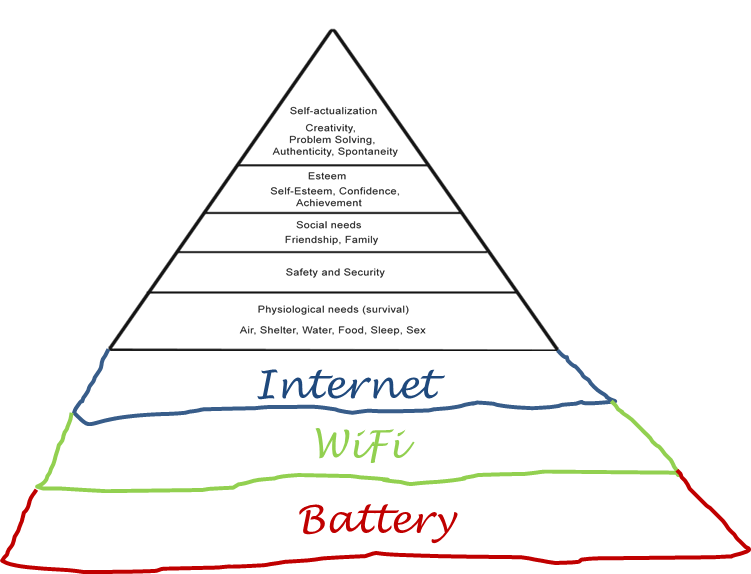
It certainly can be challenging to become self-aware. Self-awareness requires courage. You may be saying, “But I’m not courageous.” Yes, you are. It takes courage to read this article. It takes courage to get honest with yourself and how you are, and who you are. It takes courage to desire to change, to work on that desire. Yes, you are courageous, and that is great news, because self-awareness requires courage.
Self-Awareness dispels the fear and brings peace.
Sure, it might be tough to see what we see at first, but eventually, as we see all of who we are, we become free of it. As we courageously take a deep breath, open up our heart, and step inside, we find the truth, and as the bible says, “the truth shall set you free”—free of fear. It’s easy to fear the monsters hiding in the closet, but seeing them in the light takes the fear away. The more of us we expose to the light, the less there is to fear, because the more we know.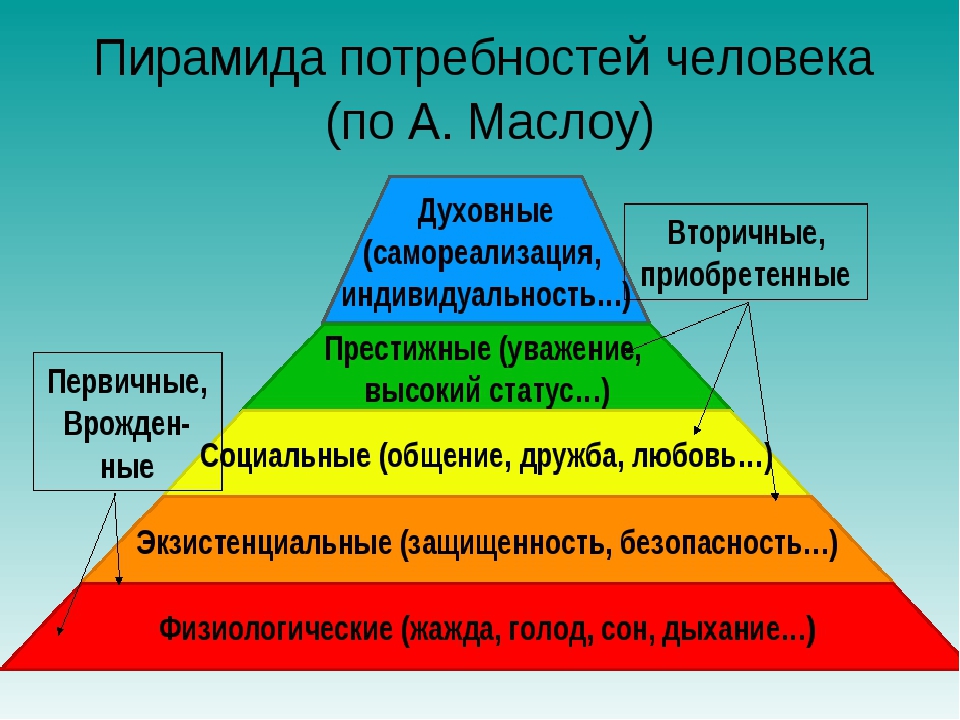
Self-awareness opens us up to the truth, and that gives us the opportunity we need to accept that truth, as we will discuss in the next post. This is the ultimate gift of self-awareness—peace. No longer do we fight against the dark parts of who we are; instead, as we see and name the darkness, we bring it to light. And who’s afraid of the light?
Self-Awareness can be exciting.
Hard as it might be to practice self-awareness, it can also be exhilarating. We not only see the “negatives;” we also get to discover our strengths. We get to understand who we really are, and not just who others, or the world, tell us we are. We get to grow toward our true potential. That’s why self-awareness is such an exciting endeavor: It opens the door for lifelong progress.
The Pyramid of Self-Worth: Step 1–Practice Self-Awareness
So, how do we begin the process of self-awareness? Here are a few strategies to get you off and on your way:
1) First and foremost–Leave the judgment out of it.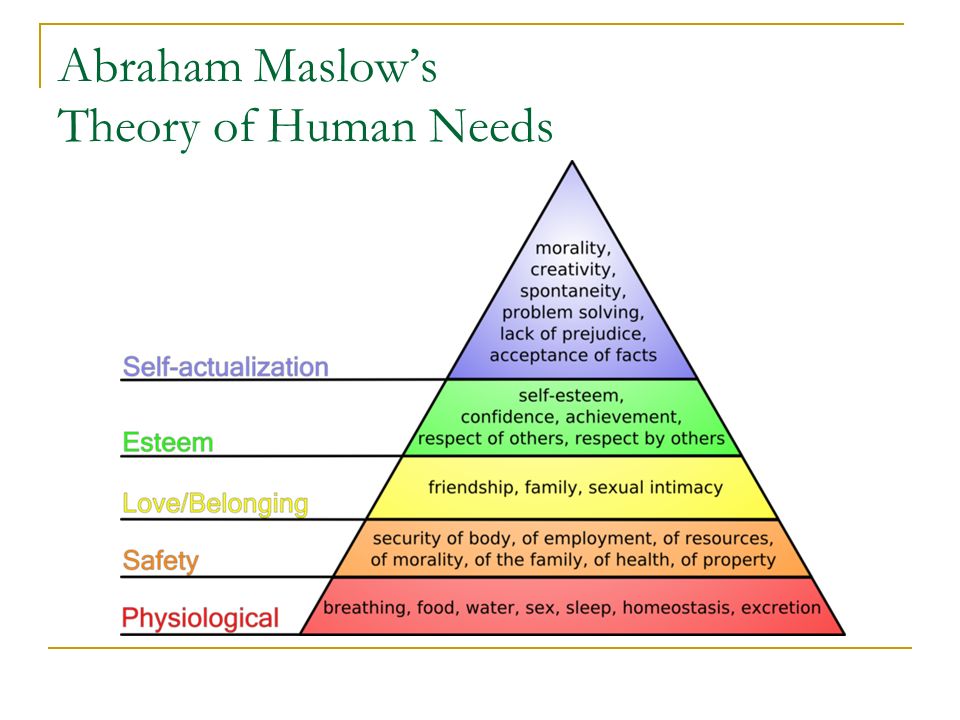 Self-awareness is not self-judgment. It’s looking, and seeing, and discovering who you really are. So, check your judgment at the door. Let yourself open up and freely see it all.
Self-awareness is not self-judgment. It’s looking, and seeing, and discovering who you really are. So, check your judgment at the door. Let yourself open up and freely see it all.
2) Take a searching look at who you are. Ask yourself, “Who am I?” Then, listen. You will likely hear all kinds of answers–from the outward descriptions, like “I am a teacher, friend, and runner”–to the inward, “I am hopeful, happy, hard-working”–to the very deep, “I am God’s child. I am a spirit, an eternal soul. I am love. I am filled with divine potential.” Whatever you hear, take note. You are beginning an important process, one that will last a lifetime. Take your time and listen to what your heart is continually whispering about you.
3) Take a closer look at how you are. Ask, “How am I?” I’m not talking about how you feel; I’m talking about how you are in the world–with other people, in your daily life, in your relationships. How do other people see you? What strengths or weaknesses have you seen through other people’s eyes? What have other people said about you from which you might learn something? We’re not interested in judgments of who you are as much as opening your eyes to see all of who and how you are. So, be willing to open yourself up. Be willing to see how you are in the world. Gather the evidence like a detective. Lay all judgment aside. Simply open your eyes and take a courageous look.
How do other people see you? What strengths or weaknesses have you seen through other people’s eyes? What have other people said about you from which you might learn something? We’re not interested in judgments of who you are as much as opening your eyes to see all of who and how you are. So, be willing to open yourself up. Be willing to see how you are in the world. Gather the evidence like a detective. Lay all judgment aside. Simply open your eyes and take a courageous look.
4) See your weaknesses. We all have them, you know–weaknesses. Some of us can easily identify twenty, while others might struggle to see even one or two. Whichever end of the spectrum you’re on, it’s time to get realistic. See the things with which you struggle. See the areas that need more work. You might have a quick temper, be extremely shy, have debilitating fears, suffer from depression, or be extremely sensitive to hormone changes or sleep loss. Whatever weaknesses you discover, remember this: Weaknesses do not make you a weak person.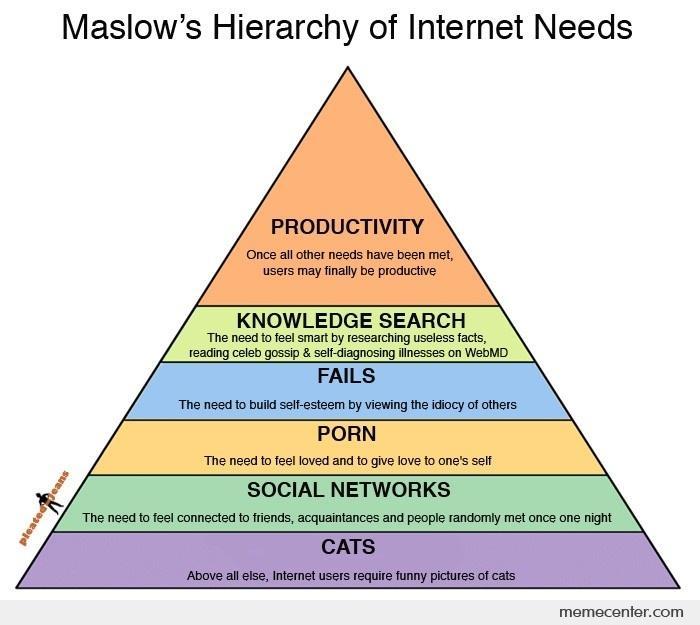 They make you human. With time and work, your weaknesses can become your greatest strengths.
They make you human. With time and work, your weaknesses can become your greatest strengths.
5) See your strengths. Some of us struggle more to see our strengths than our weaknesses. Some reject compliments or any words of kindness or praise. But we have strengths, too–all of us. You might be a great listener, an excellent cook, a talented musician, gardener, or computer genius. You might be great with kids, a natural leader, extremely compassionate, or responsible. Search out your strengths. They are your best assets–the ones you’ll eventually want to develop and share with the world. Seeing your strengths is an important part of self-awareness, for they are an important part of who you are and who you are destined to become. (More on strengths & weaknesses, read this.)
Be sure to check out all of this 5-part series:
(Part 1) How to Feel Self-Worth: “The Pyramid of Self-Worth (& video)
(Part 3) “The Pyramid of Self-Worth”: Step 2, Practice Self-Acceptance (& video)
Build Your Sense of Self-Worth–
Self-Awareness Tools
Try one or more of these “tools” to help you begin your practice of self-awareness.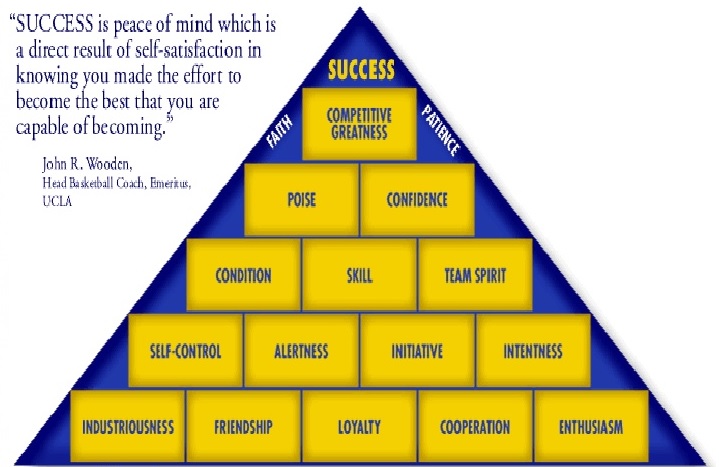
1) Practice self-awareness. As you go throughout your day today, open your heart and your eyes. Notice how you interact with others. Notice how you feel inside. Notice the things that come easy to you and those with which you struggle. Work on leaving the judgment out–simply see. When it gets hard to see these things, stop and take 10 deep breaths. Remind yourself that self-awareness is a courageous act, one that will lead you to a stronger sense of self-worth and purpose. At the end of the day, write down what you have discovered.
2) Create your “I Am” List. Imagine you’re a detective, out to explore and gather the facts about who you are. Start with two lists: “I am,” and “I am not.” The more you uncover, the more you keep adding to your lists.
3) Start a list of “strengths” and “weaknesses.” Again, no judgment. Your job is merely to uncover the truth–to see all parts of you. Add to your lists as you learn more and more about yourself.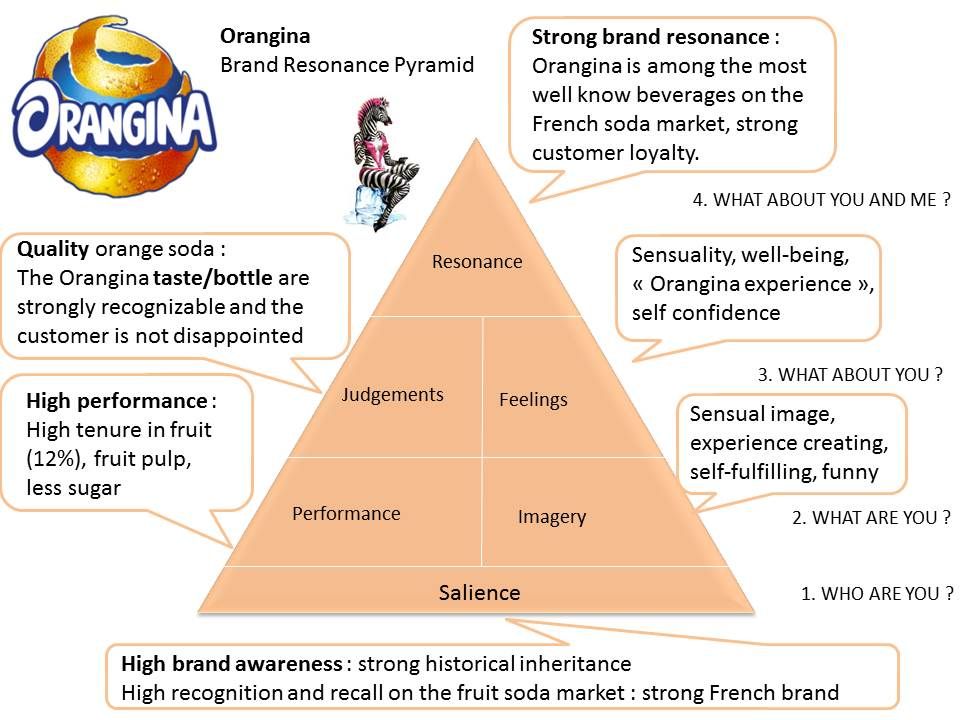 Read this article for more on Strengths & Weaknesses.
Read this article for more on Strengths & Weaknesses.
Leave a comment below with your thoughts on self-awareness, and be sure to join us next time as we work on “Self-Acceptance.”
Be sure to check out Dr. Hibbert’s Amazon Bestseller, This is How We Grow–
available now on Amazon.com!
Join my This is How We Grow Personal Growth Group!
FREE. Online. Growth. What more could you ask for?
Don’t miss a thing!
SUBSCRIBE, just below, “like” my Facebook pages (Dr. Christina Hibbert; This Is How We Grow) and follow me on Twitter,Pinterest, & Instagram!
You may manage your subscription options from your profile
Related Posts/Articles
(part 1) How to Feel Self-Worth: “The Pyramid of Self-Worth” (& video)
(part 3) “The Pyramid of Self-Worth”: Step 2, Practice Self-Acceptance (& video)
“Perfect?” or “Fake?” 8 Myths about Perfectionism & 8 Truths to Cure It
Self-Esteem & Self-Worth: 10 Things Everyone Should Know
Self-Esteem vs.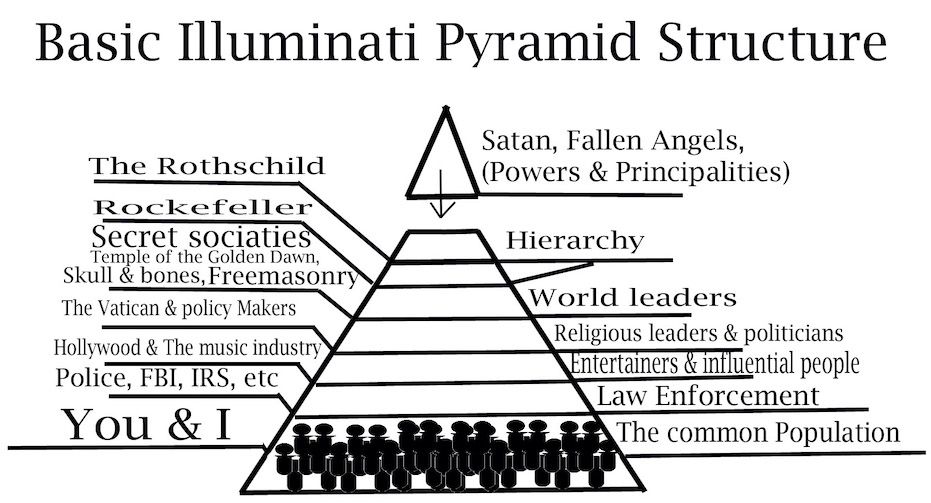 Self-Worth: Q & A with Dr. Christina Hibbert (plus video)
Self-Worth: Q & A with Dr. Christina Hibbert (plus video)
Discovering Self-Worth: Why is it so hard to love ourselves?
Learning Self-Love: 5 Tricks for Treating Yourself More Kindly
10 Ways to Let Love In
Personal Growth & Self-Actualization
“This is How We Grow” Personal Growth Group: Join Today!
10 Ways I Choose to Grow Each Day
Thought Management, part 1: The Link Between Thoughts, Feelings, Body, & Behavior
Learning Optimism
Beyond Happiness: 10 Ways to Increase Joy
How to Make Lasting Change: 5 Lessons from the Transtheoretical Model of Change that will Change your Life!
“Let’s Get Real”: 10 Confessions from The Psychologist, The Mom, & Me
Create the Life You Desire! Part 1: What’s Keeping You Stuck, & How to Get Unstuck
Why I Feel Like a Loser Mom, & How I Know I’m Really Not
Parenting Teens: Am I Doing a Good Enough Job?
Living a Life of Purpose & Meaning: The Key to True Happiness
Self-development alone is not enough.
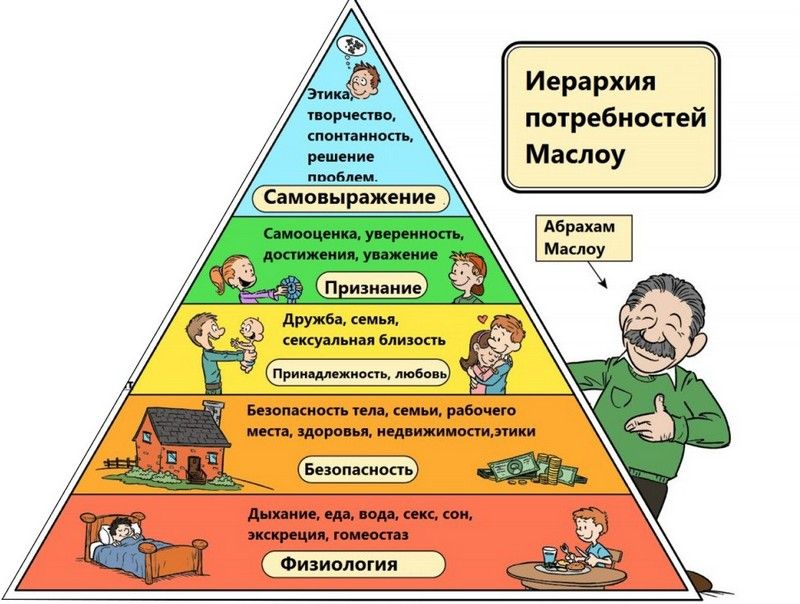 How to increase self-esteem
How to increase self-esteem What is self-esteem
In principle, self-esteem is relatively stable, but it can change from day to day depending on how we are set, and this, among other things, is affected by health, hormonal balance, appearance and relationships.
For our further discussion, it is important to understand what healthy self-esteem is. This is a realistic and generally favorable opinion of a person about himself. Realistic means accurate, honest and as objective as possible. By favor is meant a positive feeling, sympathy. An objective, but favorable attitude of a person towards himself speaks of healthy self-esteem and self-respect. nine0005
People with self-destructive pride struggle to be more than just human. They are arrogant and in love with themselves, they consider themselves better and more important than others.
They look down on others, constantly comparing themselves with them, and always see themselves at the top, and therefore above everyone else.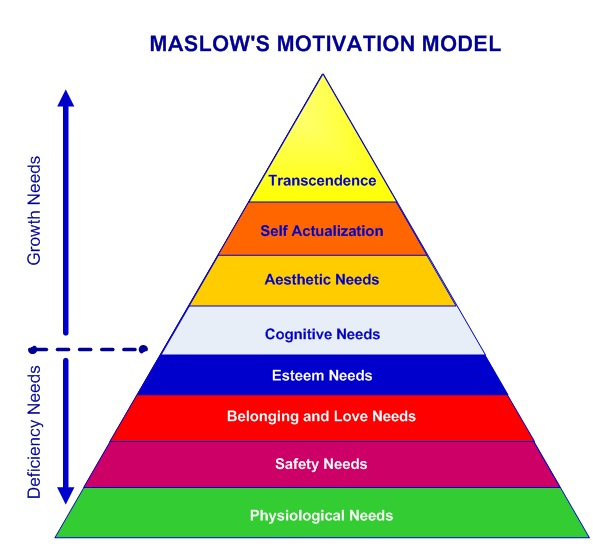
Those who are characterized by self-destructive shame or self-destructive humility consider themselves subhuman. They look up to others, believing themselves worthless. Their opinion of themselves is also unrealistic, but it gravitates in the opposite direction of the scale, because it is completely unfavorable. Unlike both of these types, people with objective, healthy self-esteem see themselves as neither worse nor better than others. They are well aware of their shortcomings, but still deep down they are glad to be who they are. People with healthy self-esteem see others as the same personalities, that is, equal to themselves. nine0005
Facets of Self-Esteem
Many people prefer not to talk about this topic because self-esteem and related concepts are quite complex. I suggest you look into this and briefly discuss the main terms.
Self-identity
Self-identity answers the questions: who am I and what defines me and my self? This ability provides us with a sense of ourselves and comprehension of our selfhood, individuality, inner unchanging essence.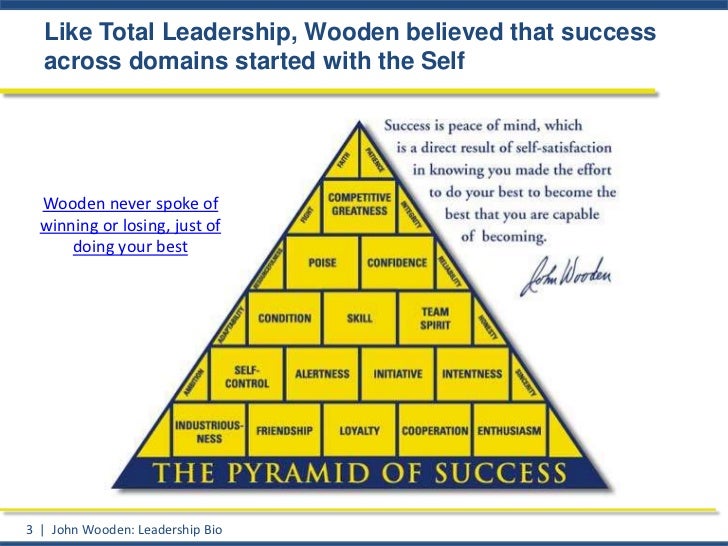 For example, a woman's self-identity may be based solely on her role as wife and mother; the self-identity of a paralyzed person is determined not by his crippled body, but by his real, inner "I". nine0005
For example, a woman's self-identity may be based solely on her role as wife and mother; the self-identity of a paralyzed person is determined not by his crippled body, but by his real, inner "I". nine0005
The ability to appreciate
Appreciating someone or something means thinking well about it, enjoying its possession and accepting it with gratitude and appreciation, appreciating the quality or significance according to merit.
Acceptance
To accept means to respond favorably to something or someone; consider it your own, approve, believe and express sympathy.
Self-acceptance is faith in oneself, acceptance of oneself benevolently, approvingly. You can admit your weaknesses, tune in to development, but at the same time accept yourself as you are. nine0005
Self-confidence
Self-confidence is usually referred to as a person's belief in one's own strengths; this concept is inextricably linked with abilities and personal effectiveness. As competence develops, so does self-confidence. In a broader sense, it is a person's belief in himself as a person and the understanding that he is able to cope with many things.
As competence develops, so does self-confidence. In a broader sense, it is a person's belief in himself as a person and the understanding that he is able to cope with many things.
Pride
The English clergyman Charles Colton wrote that pride "makes some men funny, but keeps others from being the same." This implies that this quality associated with self-esteem has two sides: harmful and healthy. nine0005
As already mentioned, self-destructive pride, or pride, suggests that a person puts himself as a person above others, considering himself more valuable and more important for society. Such people seem to be more talented and self-sufficient than they really are, and sometimes even infallible.
Pride is expressed in such qualities as arrogance, arrogance, vanity, pretentiousness, that is, the eternal desire to make an indelible impression on others, excessive need for admiration, narcissism, or selfishness and exorbitant self-admiration, a tendency to exploit others.
nine0005
Self-destructive pride, as we said, is born out of fear - primarily the fear of one's own vulnerability - and the need to protect oneself.
But healthy pride is a realistic, justified sense of self-worth, self-respect, gratitude and enjoyment of one's achievements, talents, service or membership in any group, belonging to a family, people, race.
Humility
Humility, like pride, also has two sides: self-deprecating humility and normal humility. In the first case, we are dealing with spinelessness and humility, self-contempt and lack of self-esteem; a person considers himself "earthly dust." nine0005
Healthy humility implies the absence of pride, the recognition of one's own weaknesses, the awareness of shortcomings and ignorance, and the desire to correct this through self-development and study.
Selfishness
Some people mistakenly equate selfishness with self-respect.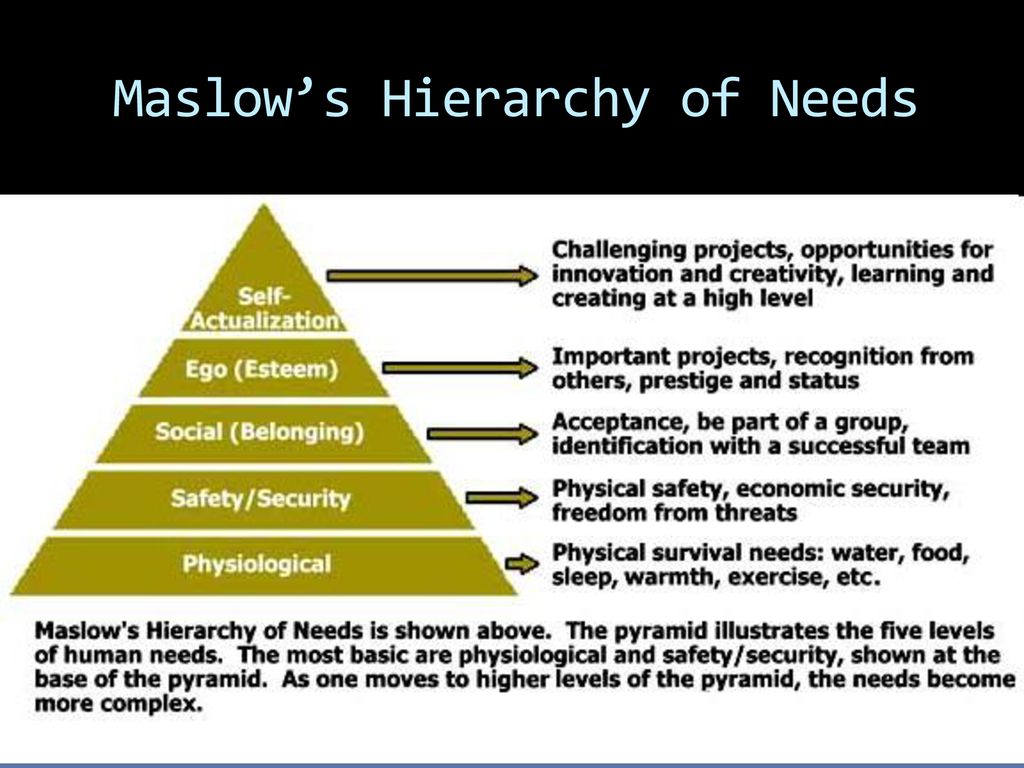 In order not to confuse these concepts, let's immediately formulate an important principle: a person with healthy self-esteem is determined to surpass himself.
In order not to confuse these concepts, let's immediately formulate an important principle: a person with healthy self-esteem is determined to surpass himself.
Since the desire to know oneself makes a person focus on his inner essence, this can be painful. nine0005
Healing pain with love expands the focus outward, opens a person to love for people and the joy of life. A person with an objective self-esteem chooses whom to love, and he has a choice, unlike someone who is pathologically dependent on someone.
Performance Analysis
Some people don't try to improve their self-esteem simply because they don't know how to do it. But there are those who resist with all their might, because, as hard as it is to believe, they benefit from self-abasement. nine0005
Before investing time and effort into building self-esteem, I suggest you do what any effective manager would do when considering a new investment program: do a cost-benefit analysis.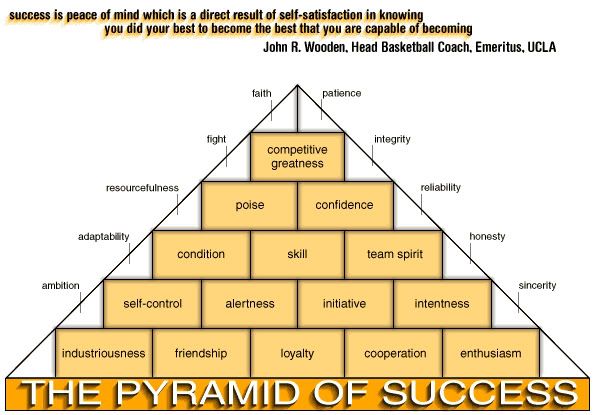
To do this, you must first list all the benefits that you receive from dislike for yourself, and then all the disadvantages of such an attitude.
Benefits of self-dislike
- No risk. I do not expect any special successes and achievements from myself or from others, so I can be lazy, play the fool and set myself insignificant goals. After all, I still never disappoint either myself or others. nine0102
- Predictability. I perfectly understand those who do not accept me, because I do not like myself. So, you should not even try to earn sympathy.
- Sometimes they take pity on me, show participation, at least at the initial stage.
- That was the custom in my family. Having learned such a stereotype of behavior, I do not stand out from the crowd.
- It helps me not to give in to pride.
- This is how I justify my bad habits in dressing and grooming myself. nine0102
Damage from self-dislike
- Not loving yourself is very unpleasant and insulting.
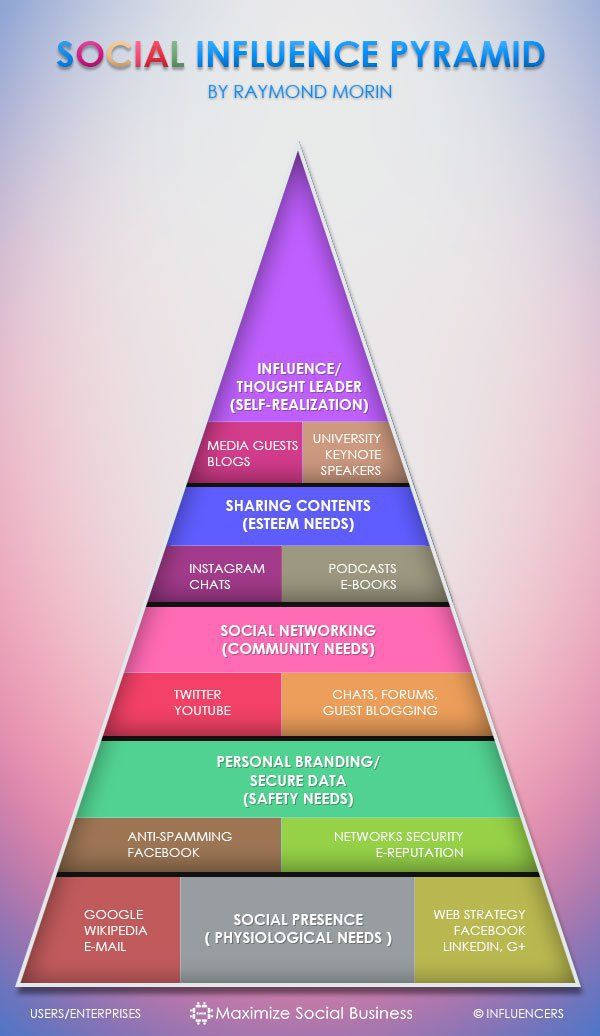
- This makes life devoid of joy.
- Such an attitude leads to psychosomatic illnesses.
- A vicious circle is created: I have a bad opinion of myself, so I gave up on myself. Following me, others also begin to treat me badly. They consider my pessimism and apathy as signs of failure, and this attitude only convinces me of the legitimacy of self-dislike. nine0102
Benefits of changing mood
Your analysis of effectiveness raises some very important questions. Chief among them is this: Is my self-dislike getting in the way emotionally, physically, or socially? What are the positive consequences of becoming more realistic and supportive of yourself?
For example :
- This would make you more self-righteous and less susceptible to the opinions of others. nine0102
- You would not be so driven by fear.
- You would be more motivated by joy and self-satisfaction.
- You would be happier.
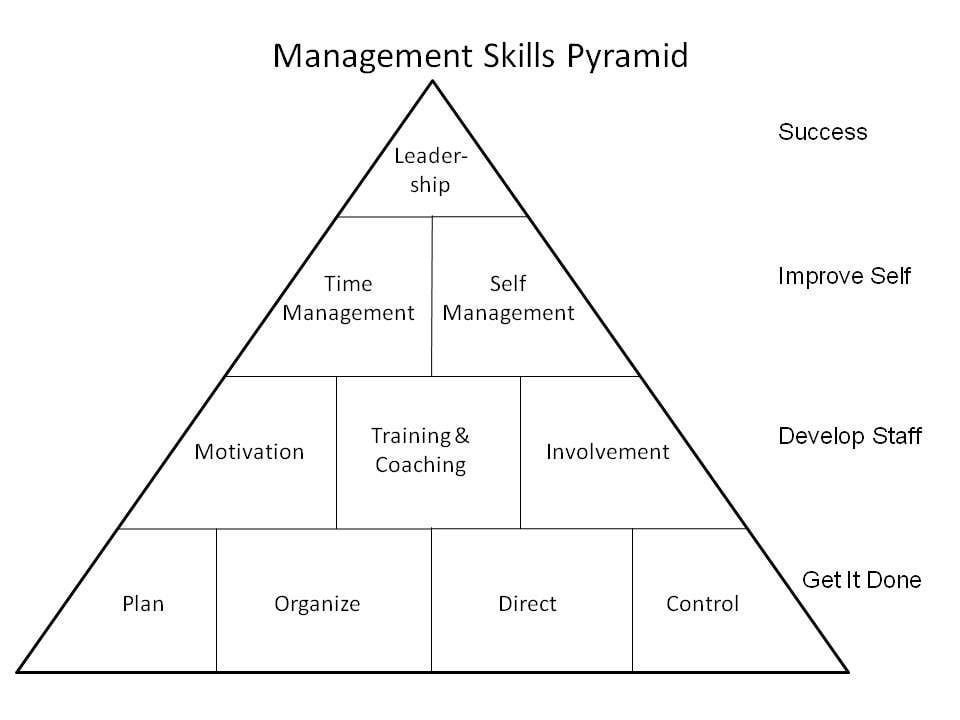
- You would try something new and interesting more often. You would take more risks.
- It would be easier for you to accept your shortcomings, and you would be more willing to work on correcting them.
- You would be happier in your personal life and less likely to maintain relationships with those who are not worth it. nine0101 You would be more comfortable expressing your feelings.
- You would be less selfish and less defensive.
- You would be less doubtful of yourself and your actions when things don't go as expected.
- You would be less worried.
- You would be more likely to be respected and treated well by others.
- You would be considered prettier.
- You would enjoy life more.
- You would make better and more thoughtful decisions. nine0102
- You would feel that people like you the way you are, and not the way you want to appear.
How to increase self-esteem
Adequate self-esteem is based on three factors: unconditional human dignity (the value of a person), love and personal growth.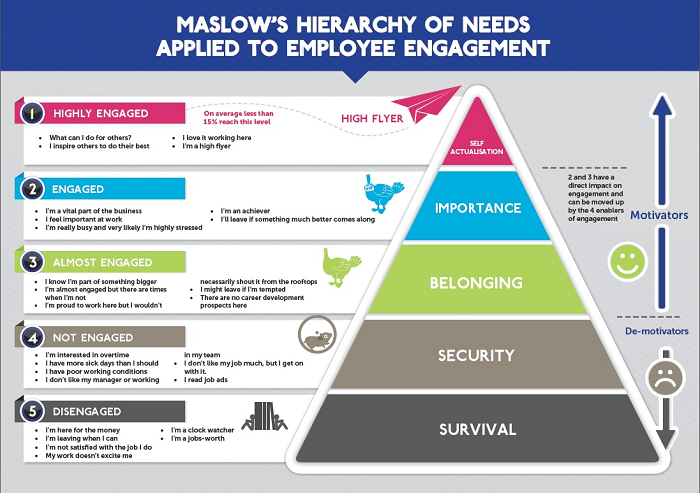
All three factors are incredibly important, but their order is critical.
Healthy self-esteem is based primarily on unconditional human dignity, followed by love, and then personal growth. Moreover, to grow (“to approach the heyday”) in this context means to move in the desired direction. nine0005
Many people who try to improve their self-esteem are disappointed precisely because they start with growth and development, neglecting the first two factors: unconditional human dignity and love. Without this secure foundation, the self-esteem pyramid topples over. In a word, it is only right in this case to use a methodical approach without shortcuts and detours.
Photo: HBRH/shutterstock
Likbez: how to increase self-esteem? | HOCHU.UA
Sometimes it seems that some people are simply doomed to failure. They do not get along well with others, they are weighed down by financial problems and depressed by failures at work.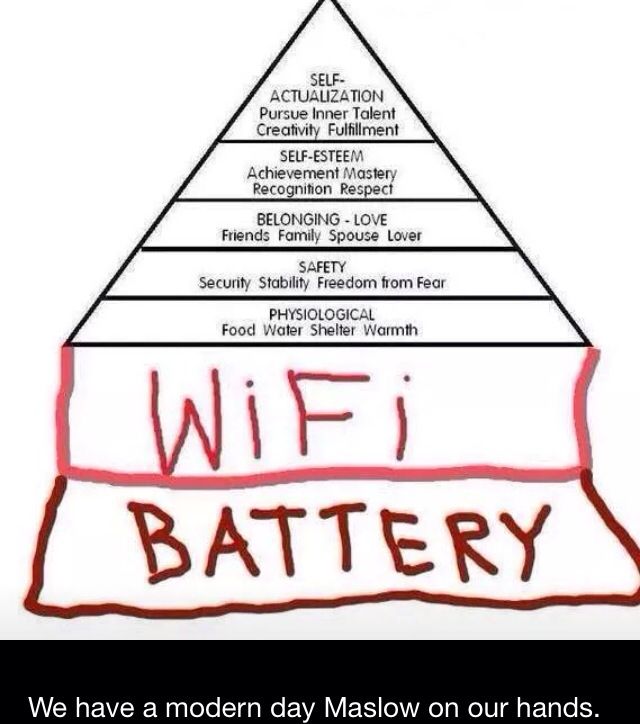 Someone blames circumstances for their failures, someone blames their environment, someone blames an ugly appearance, and someone blames an unfavorable fate. And only a few guess to look for the cause of their mistakes not in the outside world, but within themselves. nine0005
Someone blames circumstances for their failures, someone blames their environment, someone blames an ugly appearance, and someone blames an unfavorable fate. And only a few guess to look for the cause of their mistakes not in the outside world, but within themselves. nine0005
After all, the pyramid of failures and endless problems is often based on a person's low self-esteem. It is she who whispers to the loser ridiculous advice, unnecessary doubts and reckless decisions that turn his life into a real nightmare.
For example, a promotion is offered at work. And an insecure person panics: “I’ve never done this!”, “What if it doesn’t work out?”, “It won’t work out for me!” ... And he refuses a wonderful chance to climb up the corporate ladder just because , who lowly assessed his abilities, did not believe in his own strength. nine0005
People with low self-esteem deprive themselves of the right to success, personal happiness, fulfillment of dreams.
Imagine that any of your dreams is a balloon on a string, the end of which you tightly clenched in your fist.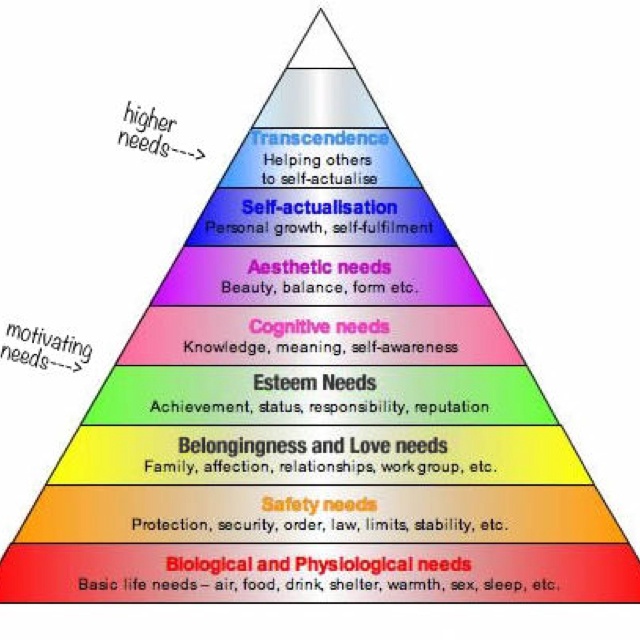 The hot air balloon wants to soar uncontrollably into the bottomless blue sky and freely soar high above the earth, enjoying the fabulous beauty of crystal lakes, emerald forests and flowering meadows. But a strong rope securely holds the ball near the surface of the earth, preventing it from flying into the desired blue infinity. nine0005
The hot air balloon wants to soar uncontrollably into the bottomless blue sky and freely soar high above the earth, enjoying the fabulous beauty of crystal lakes, emerald forests and flowering meadows. But a strong rope securely holds the ball near the surface of the earth, preventing it from flying into the desired blue infinity. nine0005
This rope is your low self-esteem. As long as you don’t believe in yourself, your dreams of something bigger and better are doomed to drag along sadly behind you, like this unfortunate balloon that cannot break the rope of your low self-esteem, twisted from complexes, doubts and past failures.
But you yourself can help your dream come true! The rope from the ball is in your hand. Unclench your fist, get rid of low self-esteem - and the balloon of your dreams will soar above the clouds! nine0005
Of course, it's much easier to say get rid of low self-esteem than it is to do it. After all, the process of its growth is a complex and long path that requires serious internal work on oneself. But after all, for the sake of a new - successful and happy life, you can work hard?
But after all, for the sake of a new - successful and happy life, you can work hard?
Grade
- 4.5 out of 5 possible based on 2 votes
You won't be nice to everyone!
Many people with low self-esteem are pathologically dependent on the opinions of their environment. They constantly worry about what people will say and think about their appearance, behavior and attitudes. Often, if such people are praised, they flourish before our eyes and are ready to move mountains, just to once again earn the long-awaited praise. And vice versa - without praise, they become lethargic, apathetic and depressed. nine0005
Constantly trying to please their relatives, friends and acquaintances, insecure people slowly lose themselves and make serious life mistakes, after listening to other people's advice, “what to do”, “whom to marry”, “where to study” and “how to make a career” ". And then, for the rest of his life, the loser laments: “Now, if it were not for this adviser, I would now…”
Forget about these endless “if only…”.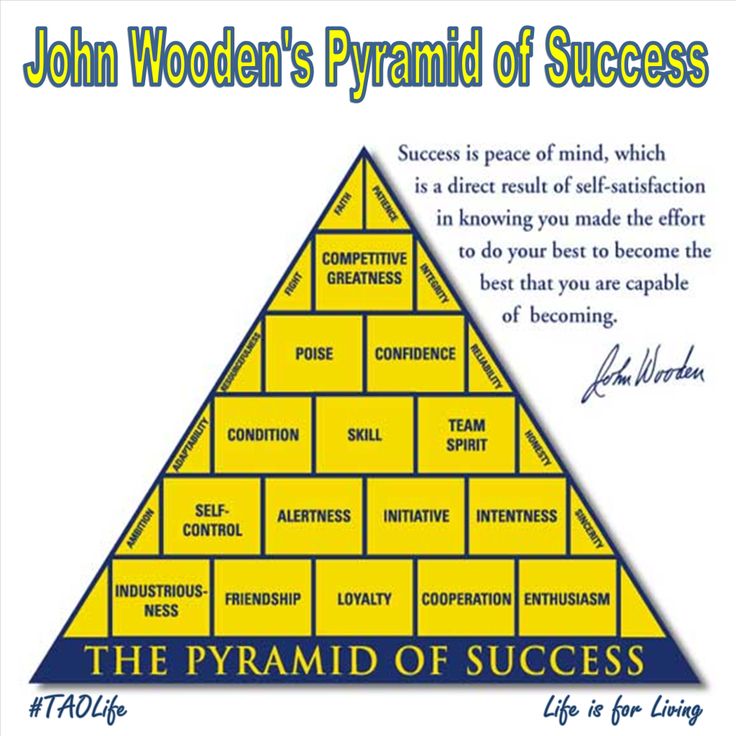 Do not delve into your past, trying to find the culprits of your unenviable position. Each of us is responsible for our decisions. And every decision must be made independently, without looking back at friends, relatives and acquaintances. It's hard to accept. It is much easier to blame someone or something for your mistakes. But when you do, you can learn a lot of useful lessons from past failures. nine0005
Do not delve into your past, trying to find the culprits of your unenviable position. Each of us is responsible for our decisions. And every decision must be made independently, without looking back at friends, relatives and acquaintances. It's hard to accept. It is much easier to blame someone or something for your mistakes. But when you do, you can learn a lot of useful lessons from past failures. nine0005
Also, do not try on other people's fates. After all, what is good for others may not necessarily be good for you. For example, your friend may be a successful accountant and assure you that this is the best job in the world and the best way to earn a living. But, if you are a person of a humanitarian warehouse and decide to follow in her footsteps, then you risk earning yourself a neurosis by doing an unloved thing.
It is important to understand that you are an individual, a person with your own character, needs, dreams and aspirations. And, trying to earn praise from your surroundings, you kind of drive yourself into the image that suits others, but not you. You begin to live with other people's desires, other people's views, other people's dreams. But living someone else’s life, you won’t be able to become happy and successful. Yes, and being nice and good at the same time for everyone is, of course, a task that has no solution. nine0005
You begin to live with other people's desires, other people's views, other people's dreams. But living someone else’s life, you won’t be able to become happy and successful. Yes, and being nice and good at the same time for everyone is, of course, a task that has no solution. nine0005
“Is it really me?”
The most important and often difficult step on the path to self-esteem is to find the real you. The very self that you need to learn to appreciate, respect and love. But how can a person with low self-esteem fall in love with himself, when he sees only flaws in himself, and practically does not notice dignity?
You can seek advice from a close friend or loved one who knows you well and is sincere in his benevolent attitude towards you. His opinion may come as a surprise to you. After all, sometimes from the side of dignity and disadvantages are more visible. But do not forget that this, again, will be a view from the outside, someone else's assessment of you as a person. nine0203
nine0203
And it is very important for you to learn to recognize and evaluate your strengths and weaknesses on your own. Therefore, to begin with, try to identify them without outside help.
Your Personal Qualities List can help you with this:
*Just take a piece of paper and write down all your positive qualities in one column and negative ones in another. When making these lists, be sincere and objective. After all, you write them not for the employer in your resume, but for yourself - in order to better know your strengths and weaknesses. nine0005
*When each column has a few dozen definitions of itself, "work" with him, recognizing his weaknesses and focusing on his strengths. Pay attention to the fact that you have a lot of virtues for which you can and should be loved, and the shortcomings are not so critical.
*Write down your positive qualities on a separate piece of paper, do not discard, but constantly re-read, thinking about how you can develop and use them in the best way. After all, the easiest way to success is to do what you do best! nine0005
After all, the easiest way to success is to do what you do best! nine0005
Keeping track of our victories!
A person with low self-esteem, as a rule, has an unpleasant train of small and large lesions. Looking back, remembering his own failures and blaming himself for worthlessness, a person loses faith in his abilities even more.
Therefore, the most important step in raising self-esteem is to focus on your own victories - big and small. To raise self-esteem, you need to learn to notice and enjoy even the smallest achievements. You need to find a reason to be proud of yourself. And the best way to do this is to set realistic, feasible goals for yourself, be sure to complete them and praise yourself for their successful completion. nine0005
In order for self-confidence to grow and strengthen, thereby elevating our self-esteem, experts recommend keeping the so-called Success Diaries in order to record all your achievements and victories in them.
Just don't despondly brush it off – they say, what victories are there…
Start small and right now! Give yourself a small task for the next hour and complete it.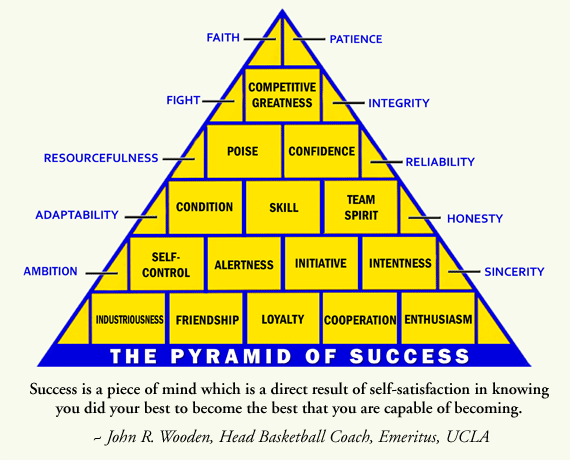 It doesn’t matter what task you entrust yourself with: wash the dishes, learn 15 English words, complete a report or do exercises. The main thing is to set a goal for yourself, proceed to its implementation and complete what you started. And then, with a feeling of deep inner satisfaction, make a note about the first small victory in your Success Diary. nine0005
It doesn’t matter what task you entrust yourself with: wash the dishes, learn 15 English words, complete a report or do exercises. The main thing is to set a goal for yourself, proceed to its implementation and complete what you started. And then, with a feeling of deep inner satisfaction, make a note about the first small victory in your Success Diary. nine0005
If you follow it regularly, you will see for yourself how your self-esteem and self-respect will grow day by day. After all, as you know, like attracts like. And each small victory, strengthening your faith in your own strength, will attract new victories and achievements into your life!
Comparisons are inappropriate!
Very often we try to compare ourselves with other people - this is how we are brought up from childhood. We are given as an example neighbor children, classmates or children of acquaintances. Someone is smarter, someone is more active, someone is more talented .